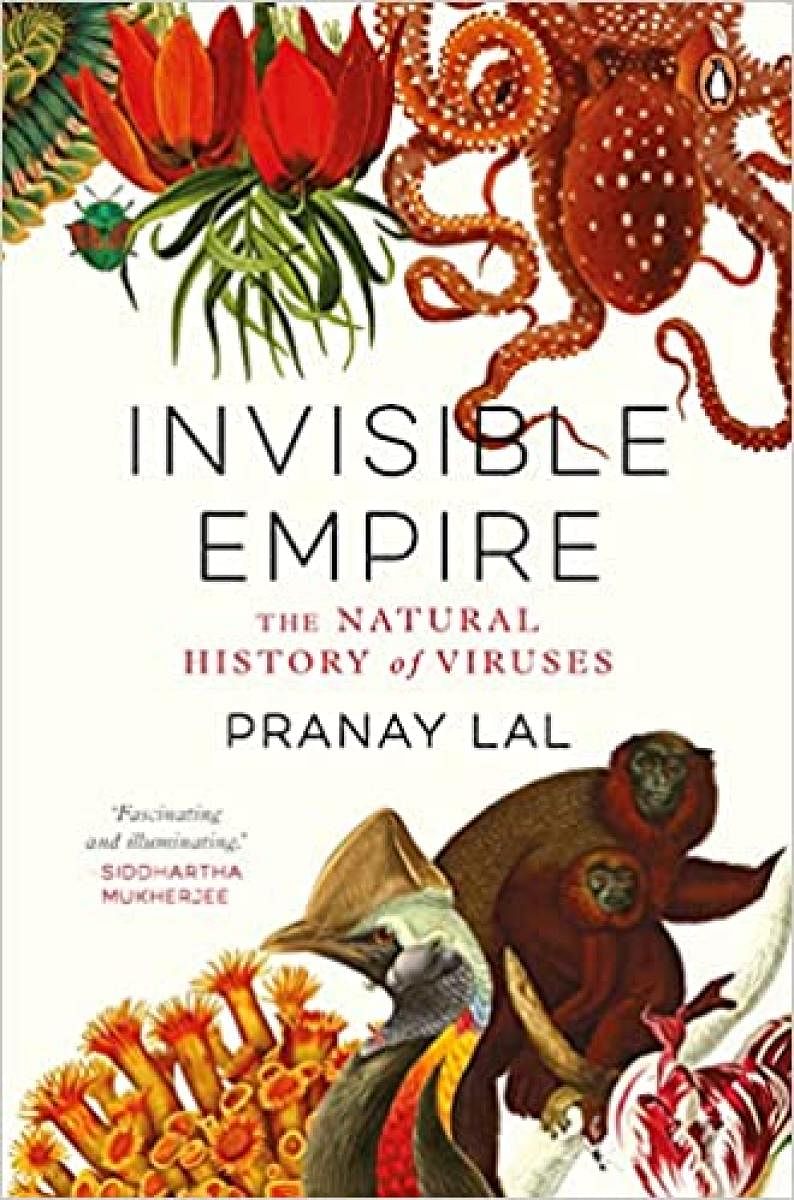
My working day, as a pathologist, consists of peering down a microscope looking at human tissues, to make a diagnosis. This involves looking for “bugs and critters” — bacteria, fungi and parasites — and for evidence of viral infection, but never the virus itself. That’s because viruses are incredibly small and cannot be seen by conventional microscopes (hence, Invisible in the title). In fact, though their existence had been known from 1892, they were seen first only in 1938 with the specialised electron microscope. Viruses are a unique form of “life” — they actually straddle the area between living organisms and non-living life forms. They are considered to be non-living until they enter a host cell, take it hostage and incorporate their own genetic material into the nucleus of the host cell.
Size, clearly, has nothing to do with ferocity, which we know very well, as we go through a virus-induced pandemic. Earlier viruses that we are aware of include smallpox, rabies, HIV and polio. Not surprisingly, the 1960 Medicine Nobel prize winner and wordsmith, Sir Peter Medawar, described a virus as “a piece of bad news, wrapped in a protein”. In fact, the root of the word ‘virus’ is derived from Sanskrit (vish-poison).
It takes chutzpah, then, to write a book about the benevolent contributions of viruses — but then, the author has shown evidence of audacity before. Pranay Lal, a biochemist, who now works on tobacco control, had surprised us in 2016 with a book unrelated to his field — Indica, on the natural history of the Indian subcontinent. Now, he writes a spectacular book on something closer to his expertise.
Our intimate relationship with viruses is best exemplified by the fact that eight per cent of the genes in the nucleus of the cells in the human body are derived from viruses. Remarkably, almost 94 per cent of Coronaviruses’ genes are present in humans.
Another example is that of the placenta, that spectacular organ that connects and simultaneously separates mother and foetus. Evolutionary biologists have theorised that viruses played an important part in the evolution of the placenta (an organ that characterises mammals — which are animals that usually deliver babies, rather than eggs) more than 150 million years ago. A viral infection in mammals resulted in the virus inserting its genes into the nucleus of the mammals’ cell — an act which transmogrified into something beneficial to the mammal. These genes are involved in multiple functions, and non-placental functions (such as our ability to digest starch) are also mediated by these amazing genes. Viruses, clearly, are us.
An intriguing journey
Most of the 14 chapters focus on a specific aspect of virus-linked narratives such as the tulip mania that overtook Holland in the 1600s (the unusual look of the tulips, we now know, was because of a viral infection), smallpox (including the real story behind Edward Jenner’s smallpox vaccine), etc.
You will be delighted to see the iconic cover of the Beatles’ Sgt. Peppers album from 1967 — one of the smorgasbord of figures who adorn the cover is used to educate us about the concept of bacteriophages (viruses that eat bacteria). It turns out that Tom Mix, a Hollywood star of the 1920s/1930s, developed peritonitis due to a perforated appendicitis in 1931 and nearly died — but for the timely use of bacteriophages. Despite this, bacteriophages as a potential means of life-saving anti-bacterial therapy have been ignored, and the author makes a plea for the resuscitation of research in this area. The Indian presence in this book is also linked to bacteriophages!
We learn of epidemics of the mysterious sweating sickness in Europe, which consisted of bouts of profuse sweating, often resulting in death. Lal informs us that the current thinking is that a virus, the Hantavirus, maybe the possible cause. We are also told that the new thinking is that Mozart died of sweating sickness (not of typhus, as was postulated earlier) and elsewhere, we learn that the pock-marked face of Pharoah Ramesses V was not due to smallpox (as has been believed for a century). However, as with all research, these new interpretations will remain possible truths — until new possible truths come along.
Lal is impressively up to date because he informs us about research as recent as mid-2021. While 5,560 viruses (of millions which probably exist — hence, empire) possess names, as given by the experts as of 2017, the number has now gone up to 6,590 (i.e. 6,590 different species of viruses). Of these, 219 affect humans.
The fact is, we know precious little about viruses and what they do and how they do it. Science is continually unfolding and whether it is tales of unknown fevers or unknown origins of human beings, we can only yearn for more knowledge.